Learn all about trees, their amazing facts, benefits, and role in fighting climate change. Grow-Trees promotes awareness through reforestation and education.
| Oldest: The Eternal God redwood in Prairie Creek RedwoodsState Park, California, is estimated to be between 7,000–12,000 years old, making it potentially the oldest living tree. [Source :https://www.nps.gov/redw/index.htm] |
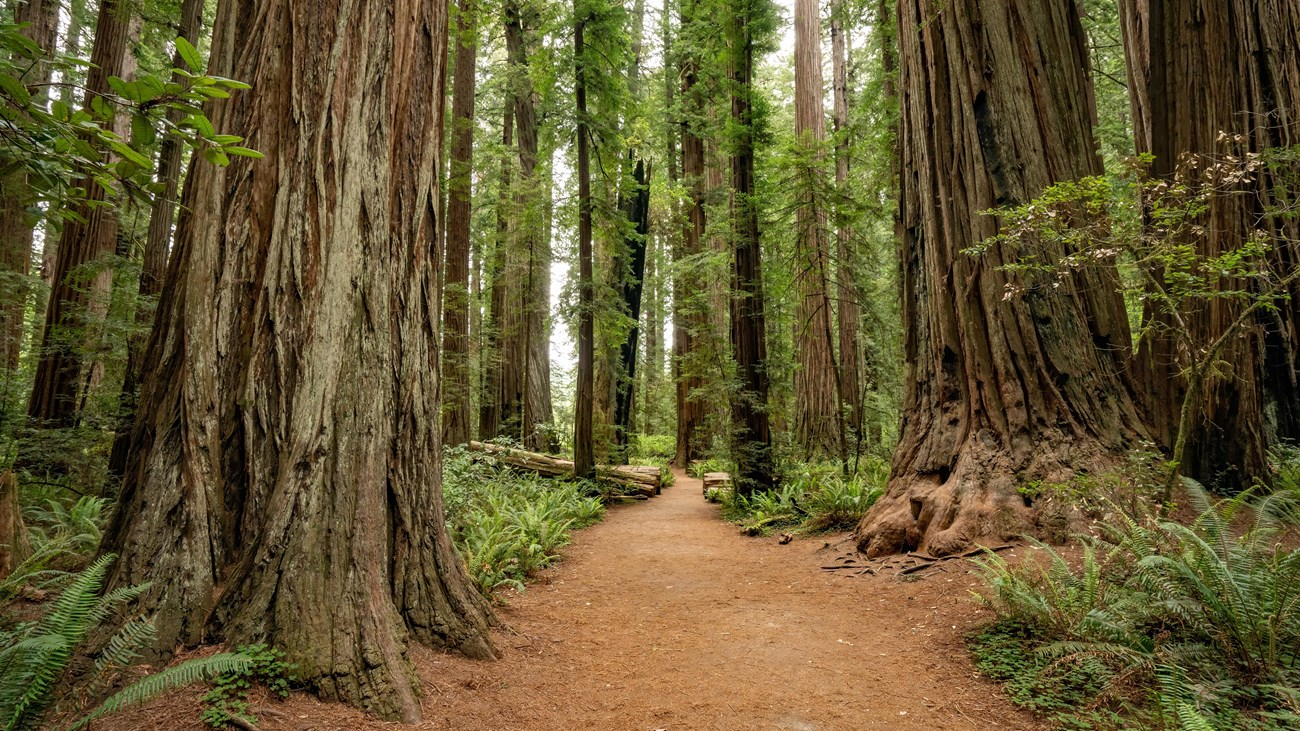 |
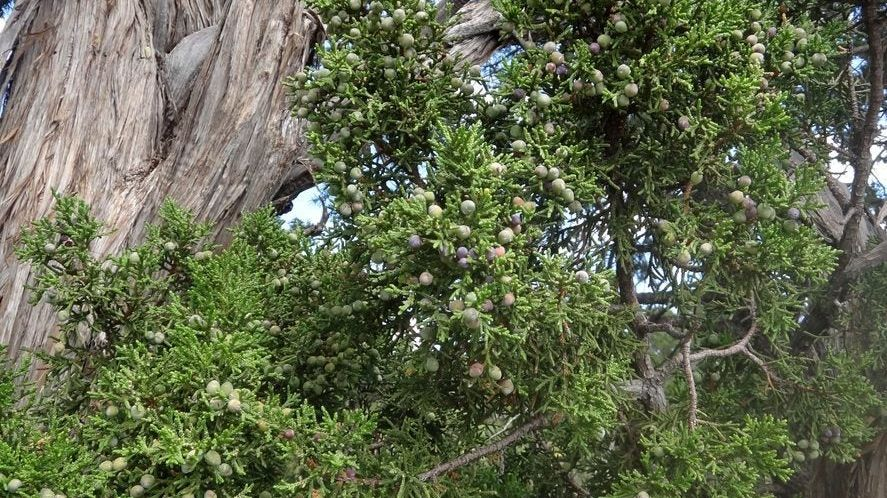 |
Slowest Growing: A White Cedar in Canada has grown less than 4 inches in 155 years, surviving on a cliff with minimal soil. [Source :https://www.gardeningknowhow.com/ornamental/trees/false-cypress/Atlantic-white-cedar-care.htm] |
| Tallest: The tallest living tree is a Coast Redwood named the Mendocino Tree, over 367 feet tall and still growing in the Montgomery State Reserve, California. [Source :https://ca.pinterest.com/pin/43558321366207119/] |
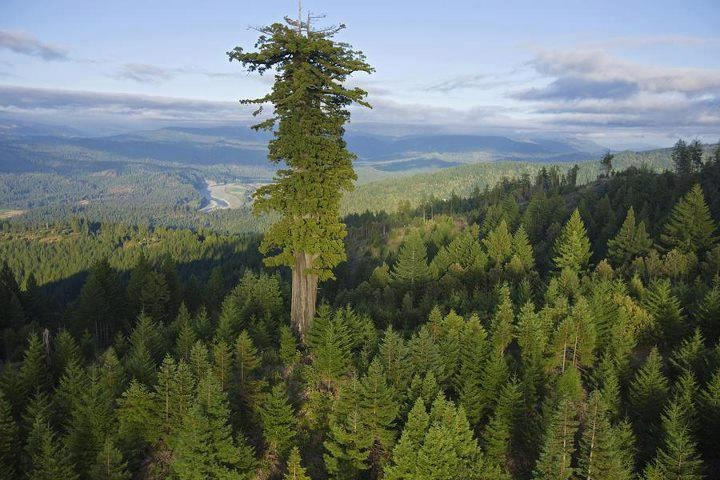 |
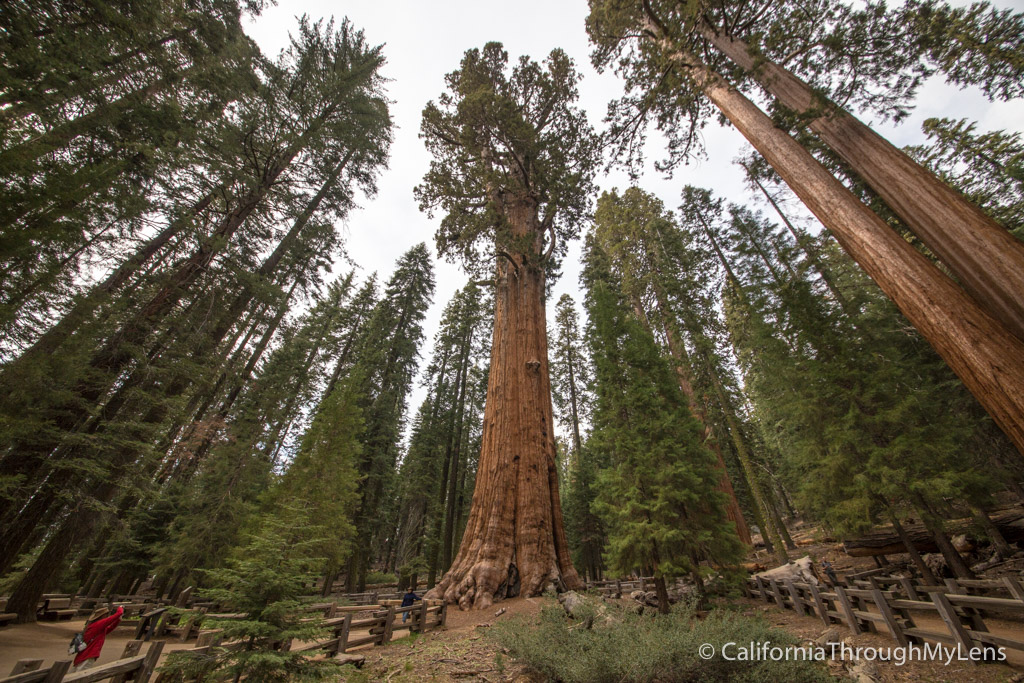 |
Most Massive: General Sherman, a giant sequoia in Sequoia National Park, is 275 feet tall with a girth of 102 feet and 8 inches, making it the largest living tree by volume. [Source :https://californiathroughmylens.com/general-sherman-tree-sequoia-national-park/] |
| Deepest Roots: A Wild Fig tree near Echo Caves in South Africa has roots that extend 400 feet underground, the deepest known root system. [Source :https://rapidleaks.com/science/deepest-roots-in-the-world/] |
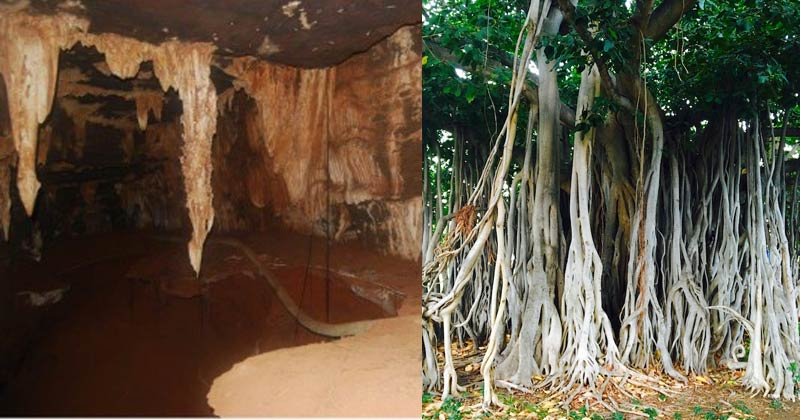 |
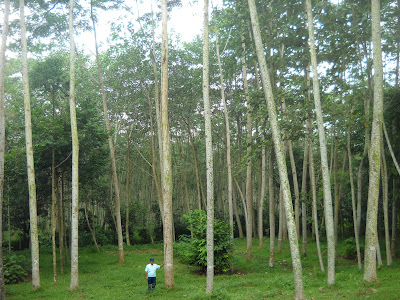 |
Fastest Growing: In 1974, an Albizzia falcata in Sabah, Malaysia, grew over 35 feet in just 13 months, about 1.1 inches a day. [Source :https://08hachi.blogspot.com/2011/08/albizzia-falcata-backer.html] |
| Greatest Girth: The Tree of the Hundred Horses, a European Chestnut on Mount Etna, had a circumference of 190 feet in the 18th century. [Source :https://blog.rowleygallery.co.uk/the-chestnut-of-a-hundred-horses/] |
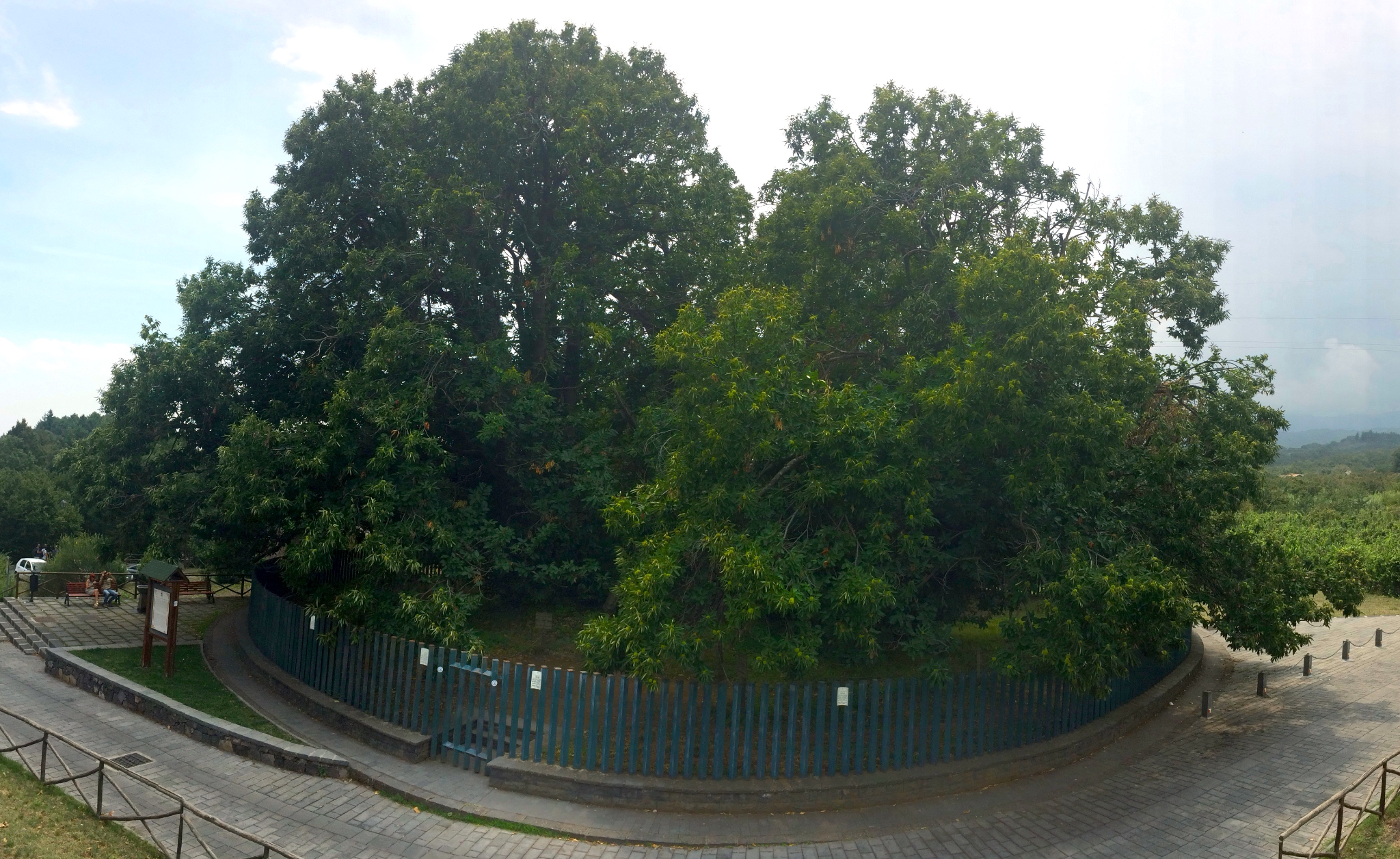 |
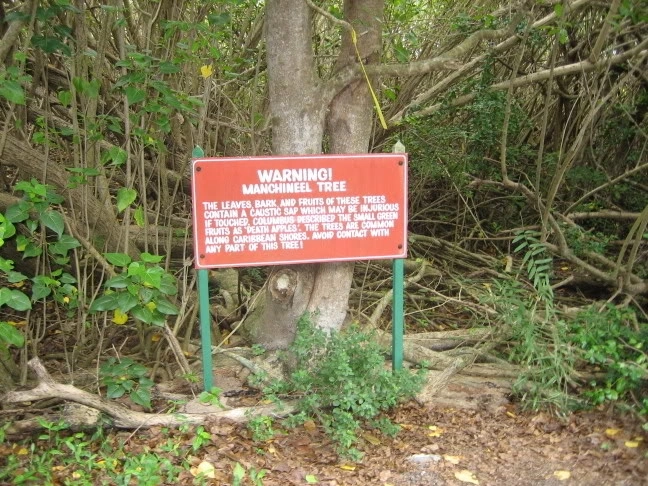 |
Most Dangerous: The Manchineel Tree of the Caribbean and Florida Everglades produces acidic, toxic sap. Contact can cause blisters, blindness, or severe pain if ingested. [Source :https://southjerseyadventures. wordpress.com/2012/06/09/manchineel-tree-st-john/] |
Copyrights @ 2025 All rights reserved by Pangea EcoNetAssets Pvt Ltd.